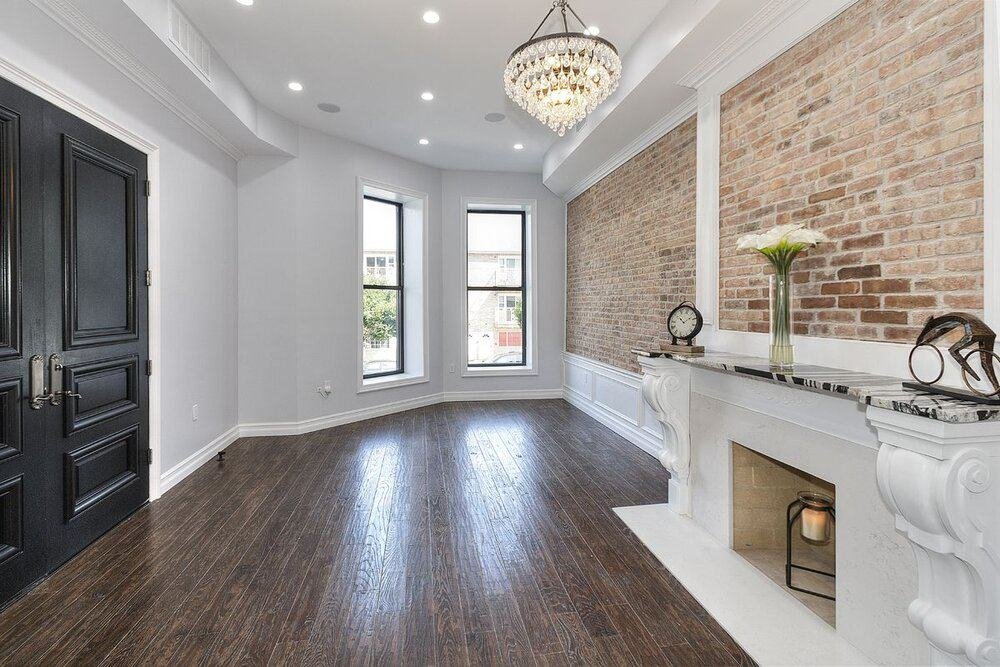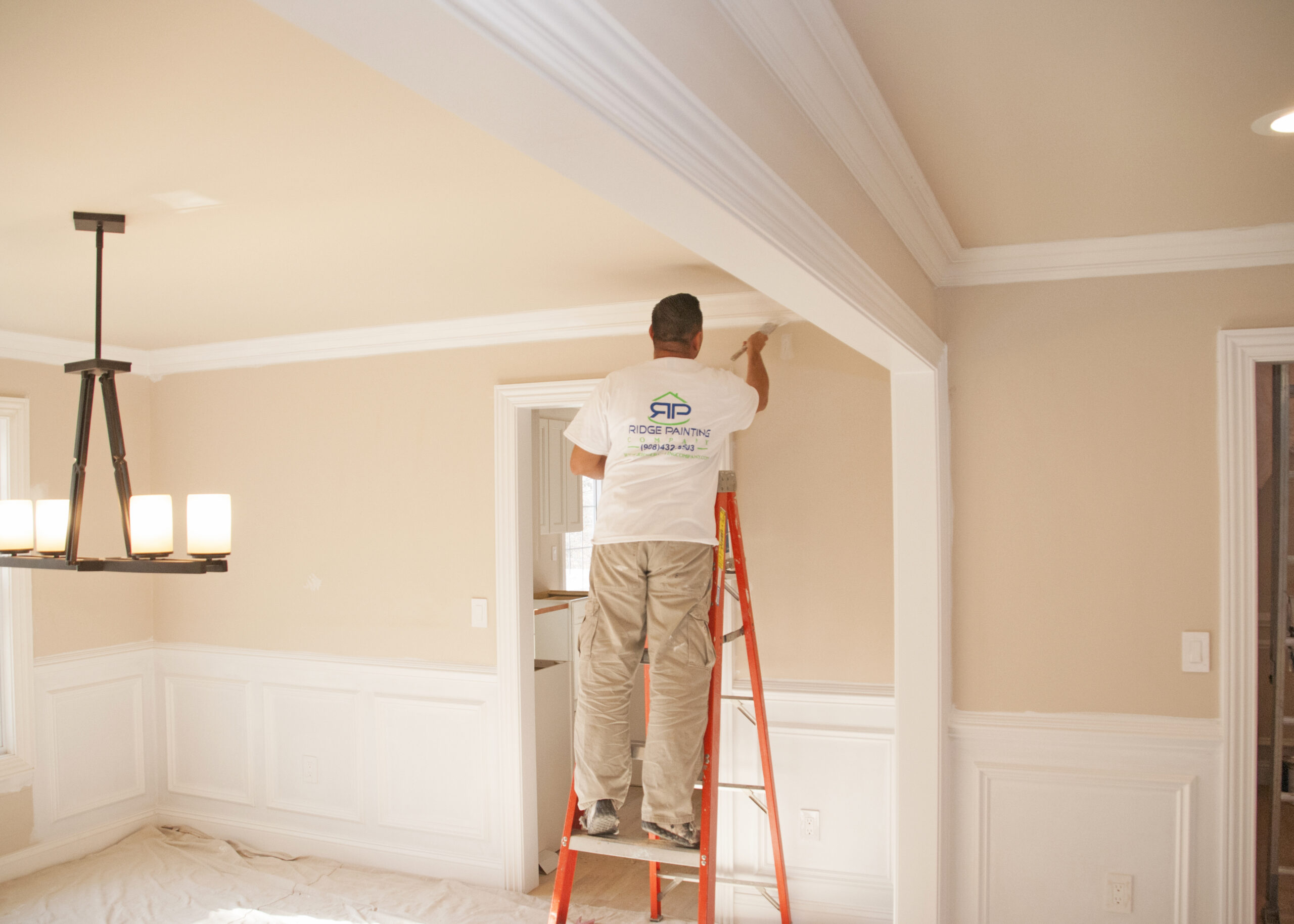Enhance Your Inside Style With Comprehensive Color Assessment
The assimilation of shade examination into interior design provides a distinct possibility to improve and boost the psychological and aesthetic vibration of a room. By involving with an experienced shade expert, you can navigate the complexities of shade selection, making sure that your selections not just complement architectural functions but additionally resonate with individual design and mental effect. This strategic partnership can significantly influence the overall ambience of your environment, fostering a sense of harmony and function. Understanding the nuances of this process is important-- what vital aspects should be thought about to attain optimum results?
Advantages of Color Examination

Additionally, shade consultation aids in taking full advantage of all-natural light and maximizing spatial assumption. Lighter shades can make a space appear more extensive, while darker shades produce an intimate setup. Cleveland Metro Painting Specialists. This critical application of shade can significantly affect the total setting of any interior space
Additionally, professional experts have a comprehensive understanding of current trends and timeless standards, ensuring that the picked shades will stay appealing in time. This foresight can conserve customers from expensive redesigns in the future. Lastly, color assessment empowers customers by supplying them with a clear vision and instructions, promoting confidence in their design choices and inevitably bring about a much more successful and satisfying interior decoration outcome.
Recognizing Color Psychology
The value of color psychology in indoor style can not be overemphasized, as it explores the psychological and emotional results that different tones can evoke in people. Shades can affect state of mind, actions, and also performance, making them a vital consideration in any layout task.
For instance, warm shades such as red, orange, and yellow are usually connected with power and heat. They can stimulate feelings of enjoyment and convenience, making them suitable for social areas like living areas or kitchens. Alternatively, awesome shades like blue, environment-friendly, and purple tend to evoke calmness and harmony, making them perfect for bed rooms or reflection locations.
In addition, using neutral tones can create a balanced environment by enabling the bolder colors to attract attention without overwhelming the senses. Comprehending these mental influences makes it possible for developers to develop spaces that not only look aesthetically pleasing but likewise promote emotional well-being.
Including color psychology into interior decoration entails a thoughtful option of tones tailored to the intended feature of each room, ultimately boosting the total experience for its residents. This understanding is critical for attaining a unified and practical interior environment.
The Color Wheel Explained
It consists of main shades-- red, blue, and yellow-- that can not be created by blending other shades. Tertiary colors result from blending a primary and a second color, leading to colors such as turquoise and red-orange.
The color wheel aids designers grasp the partnerships between colors, including complementary, comparable, and triadic plans. Corresponding shades, located contrary each various other on the wheel, develop vivid contrasts that can invigorate a room.
Making use of the color wheel in indoor style not just boosts visual allure but likewise stimulates certain feelings and atmospheres, making it a vital referral for shade examination. Recognizing these relationships ultimately empowers designers to produce spaces that are both aesthetically exciting and practical.
Choosing the Right Combination
Usually, selecting the right palette is a decisive consider achieving a successful interior design project. An appropriate color pattern can link a room, improve site its functions, and evoke desired feelings. To begin, consider the purpose of the room. Different rooms serve varied functions and require palettes that reflect their designated usage; for example, tranquil colors such as soft blues or greens function well in bedrooms, promoting relaxation.
Light can drastically modify exactly how shades show up, so it is important to evaluate the area at various times of the day. A harmonious palette ought to match these functions, developing a cohesive look throughout the space.
When choosing colors, make use of the 60-30-10 regulation, which recommends that 60% of the room should be a dominant color, 30% a secondary color, and 10% an accent color. This ratio guarantees balance and aesthetic interest (Cleveland Metro Painting Specialists). Lastly, example shades on the more information walls before devoting, as this permits you to see how the hues interact with each other and the total setting they create in your interior decoration task.
Dealing With a Shade Professional

When dealing with a color professional, the procedure normally starts with a preliminary assessment. During this meeting, you'll review your vision, choices, and the existing elements in your space. The consultant will assess your needs and might advise specific color schemes that straighten with your objectives.
After establishing a direction, the professional will certainly give examples and aesthetic help to assist you visualize the proposed color systems. This action is important, as colors can show up in different ways under varying lights problems.
Additionally, a shade expert can direct you in picking corresponding furnishings, artwork, and accessories to balance with your chosen scheme. By collaborating very closely, you can accomplish a refined aesthetic that boosts your interiors and develops an inviting environment. Ultimately, the experience of a color professional can dramatically enhance the general impact of your layout project.
Verdict
In recap, detailed shade assessment works as an important device for enhancing interior decoration. By leveraging professional expertise of color psychology and spatial characteristics, a tailored color scheme can be created to evoke details emotions and produce an unified environment. This calculated method not just cultivates a cohesive design narrative yet also alleviates the threat of pricey redesigns. Eventually, involving with a shade expert guarantees an informed and cosmetically pleasing outcome, raising the overall experience of the area.
By involving with a seasoned color consultant, you can navigate the intricacies of shade selection, Read More Here guaranteeing that your options not only complement architectural features however also reverberate with individual style and psychological impact. It consists of key shades-- red, blue, and yellow-- that can not be produced by mixing various other shades.The shade wheel aids developers realize the partnerships in between colors, consisting of corresponding, similar, and triadic systems.When choosing colors, make use of the 60-30-10 regulation, which recommends that 60% of the space need to be a dominant shade, 30% a second color, and 10% an accent shade. By leveraging professional knowledge of shade psychology and spatial dynamics, a tailored color scheme can be developed to stimulate particular feelings and produce an unified environment.